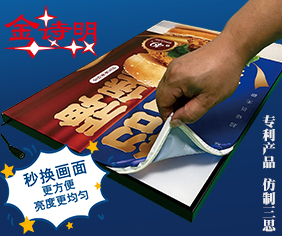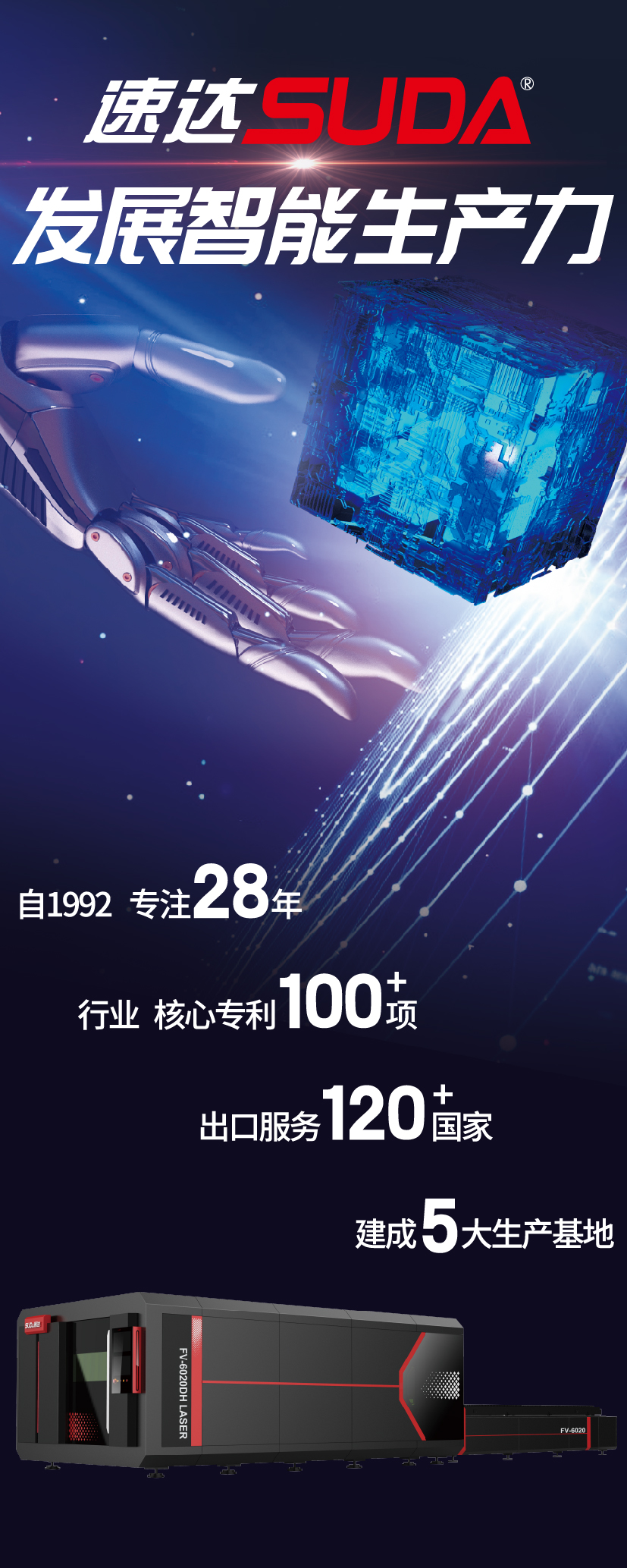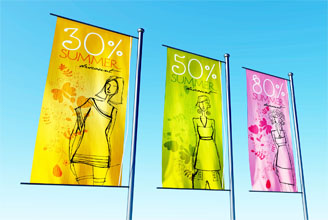
When seeking a new solution to add some versatility – and some extra income – to a small print shop’s operations, the notion of getting into fabric printing can be an excellent path, not only for new customers but also to provide extra apparel products to go along with logo or graphic designs you've already output for signage.
如果想要扩大较小喷印商铺的业务经营范围,进而增加额外的收入,那么织物喷印是一个不错的选择,这样不仅会有新客户,你还可以将已有的标识logo或者图文设计喷印在服装上,进而经营服饰喷印业务。
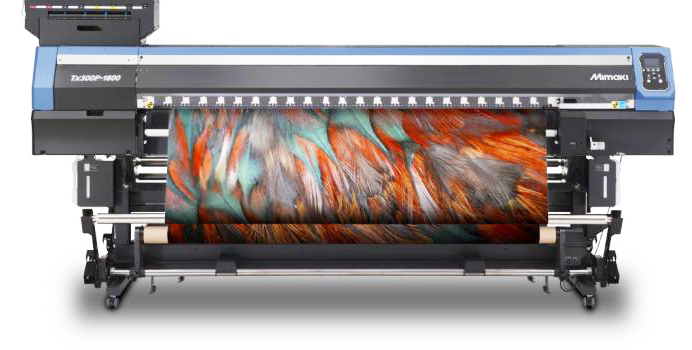
You also don't have to break the bank nowadays to get involved in rudimentary fabric printing with professional results, rather than the more significant investments required for dye sublimation or silkscreening setups.
就目前来看,你也不需要像投资染色升华或者丝网印刷技术一样,耗费巨资来开启织物喷印业务。
Lily Hunter, product manager with Roland DGA's textiles and consumables division, says there's a plethora of good, affordable equipment available to do the job on a do-it-yourself scale.
罗兰DGA织物消费品部门产品经理莉莉·亨特说,你可以自己制定开展织物喷印业务的规模,购买负担得起的设备来生产多种商品。
“Take your time to learn about each manufacturer, the printers they offer, the benefits of the printers and the warranties,” she notes. “Be sure to consider what comes with the printer as well – included items that will help you start production.”
她谈到:“你要花费时间去了解每个制作商,他们使用的喷印机是什么样的,这样的喷印机有什么优势和担保。一定要了解这样的喷印机能为你带来什么,这些都了解之后你就可以开始织物喷印业务了。”
Hunter also suggests some research to make sure you aren't aiming a little too low for your long-term professional needs, especially if a few initial t-shirt orders turn into a lucrative business.
亨特也建议做一些调查,以确保你对长期的专业需求目标不会过低,尤其是当最初的T恤业务变成了利润可观的大业务。
“The fact is, many of the less-expensive printers actually end up costing more in the long run due to issues with ink waste, longer downtime for cleaning and maintenance, and simply low-quality output,” she says. “Don't forget to consider durability. It may make more sense to buy a more robust model, knowing that your purchase will last many years as your business and production capacity grows.”
她说:“事实上,许多便宜的喷印机在长期使用过程中,由于油墨浪费、更长的清洁维护停工期、劣质产品输出等问题,最终都会产生更多的花费。因此,喷印机的耐用性是很重要的,你要清楚在你的业务经营范围不断扩大、生产能力不断提高的过程中,购买一台能用很多年的设备是很有必要的。”
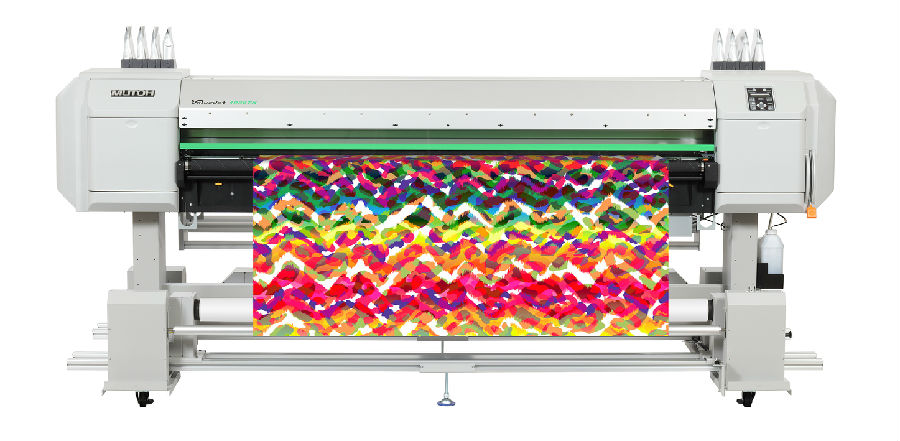
And while you can easily purchase nearly professional-level printers at big box stores to do rudimentary transfer printing, to do any volume in apparel, or have the ability to turn out complex-shaped fabric products, direct printing is a whole different ball game. A good professional fabric printer needs a few core capabilities, says Tommy Martin, product manager with Mimaki USA’s textile and apparel business development and marketing department.
当你可以轻松地在市场中购买接近专业水平的喷印机,用来完成基本传送喷印技术、生产任何数量的服装或者复杂形状的织物产品时,直接喷印技术是一种完全不同的喷印方式。美国Mimaki公司织物服装业务发展市场部门的产品经理汤米·马丁说,一台高端专业织物喷印机需要多种核心功能。
“Entry-level basics should include a printer that uses inks that are clearly made for that specific model and its printheads, and built-in systems that reduce branding – ask about special nozzle banding control,” he says. “Advanced technologies may include things like a special nozzle mapping system to control quality when nozzles are missing, an external heater, a media take-up system, profile-making software, or something as simple as a printer stand.”
他说:“一台入门级喷印机的基本要素,包括其油墨须用于特定模型和喷头,并且系统自带特殊喷嘴控制器。高级的喷印机可能还包含有外部加热器、自动收布系统、图文制作软件等。”
High-quality and easy-to-use RIP software, allowing you to use your existing digital graphics files for printing output, is also critical to your printing success – Hunter suggests checking their ability to interface with your existing design software, as some printers' RIP tools are OEM-branded, and many will do a better job than the others when it comes to fine details, gradients, transparencies, overall output and, most importantly, ink consumption.
优质易操作的RIP软件可以将已有数码图文喷印出来,并且它在你的喷印业务中扮演了很重要的角色。亨特建议将其连接到已有的设计软件上来检测它的性能,因为有些喷印机的RIP工具是OEM品牌的,当其展现出完美的细节、坡度、透明度、整体输出和油墨消耗时,它就是一个好的软件。
And while a transfer printing system might be fine for some commercial applications, Randy Anderson, product marketing manager with Mutoh America Inc., says direct printing can also serve you well, with different ink types available to vastly broaden the versatility of your output.
美国Mutoh公司产品经理兰迪·安德森说,一台传送喷印系统或许适于多种商业应用,但是直接喷印技术使用起来也是很便捷的,采用不同的油墨类型可以得到不同的产品,这样还能够使你的产品输出多样化。
“You can print directly to fabric, and when using a dispersed pigment with a coated fabric you can print to both natural fabrics as well as polyesters, sometimes without pretreated fabrics for fashion, home furnishings and similar applications,” he says.
他说:“当你用分散式颜料喷印涂层织物时,可以喷印成天然织物,也可以喷印成聚酯。通常情况下,没有经过预处理的织物用于时装、家具用品类似的应用。”
“Dispersed pigments also allow printing onto coated polyesters for soft signage, and similar applications, with a better resistance to UV fading over dye sub applications. Acid and reactive dyes can be used for direct printing as well for flag production, cotton and other natural fabrics that need the advantages of dye over pigment.”
“用分散式颜料也能将涂层织物喷印成软性标识之类的产品,且不会褪色。酸性和活性染料可以用于喷印旗帜,棉布和其他天然织物要用颜料来喷印。”

The only disadvantages, Anderson adds, are that all direct print jobs need some form of post-treatment. “But this can be as simple as heat for ink setting pigments and flag applications, [or as elaborate as] the need for high-pressure steam and post-washing in some dye applications.”
安德森说,直接喷印技术唯一的优点就是所有产品都需要经过某种后处理工序。这种后处理就像将油墨加热固定在颜料应用中一样简单,或者是像高压蒸汽处理染料应用一样复杂。
Martin says direct printing does create a few limitations in your choice of printable products, so don't go out and buy a million cotton t-shirts before you do your research.
马丁说,直接喷印技术在可喷印的产品选择方面设定了局限,所以在你做了调查研究之前,千万不要一下子购买一百万件T恤。
“Fabrics for direct printing need to be coated, which increases the cost of the fabric, and coated fabrics are limited in types and weights,” he says. “Each different fabric has to be individually profiled and ink limits need to be set. And when directly printing to the fabric, the images are not as sharp and colors don't ‘pop’ like they do with transfer printing.”
他说:“用于直接喷印的织物需要经过涂层处理,同时这样会增加织物的成本。涂层织物在类型和重量上有限制,每种不同的织物都要分别成形,且油墨也要被限定使用。在进行直接喷印织物过程中,图文不会很明显,颜色也不像传送喷印那么‘流行’。”
Tim Check, product manager with Epson's direct printing unit, says direct printing's key application is in polyester products, so keep that in mind when thinking about the projects you'd like to do.
爱普生公司直接喷印部门产品经理蒂姆·切克说,直接喷印的主要应用就是聚酯产品,所以要考虑到你想要做哪种产品。
“Polyester is definitely the strong spot, though blended material does work – especially a 50 percent polyester with a rayon/cotton blend,” he says. “You're not competing, but complementing with your ability to do performance apparel, or swimsuits. And it's still extremely versatile – you can do water bottles, pillows, upholstery or even table tops.”
他说:“聚酯的确是一种非常实用的材料,即使混合了其他材料,也依然很实用——尤其是混合了人造纤维或棉布的50%聚酯。你没有参与市场竞争,只是扩展了服装或泳衣的业务。当然,你还可以使业务经营更加多样化——可以做水瓶、枕头、室内装饰物、甚至是桌面。”
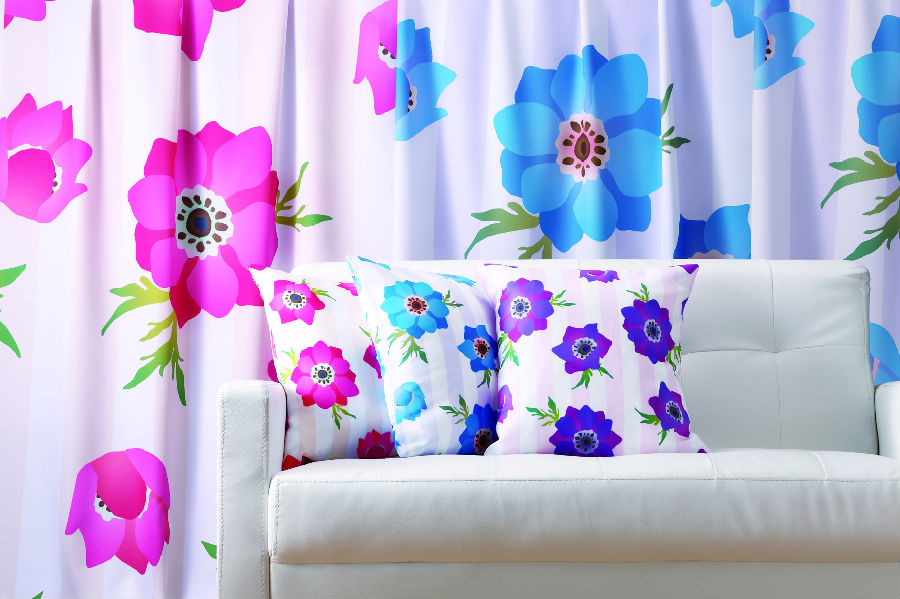
So what can first-time professionals expect in the shop when they start out with a new direct printing rig, and what are the easiest and most profitable applications, to help justify the investment?
那么当他们用新型直接喷印机开始织物喷印工作时,会有怎样的期待呢?使得该投资变得有价值的最便捷和最赚钱的应用是什么呢?
“The most profitable applications are probably custom silks and fashion/custom clothing,” Anderson says. Once you've mastered the basics, coated fabrics for home furnishings or soft signage are the next step.
安德森说:“最赚钱的应用或许是定制丝绸和流行服装。一旦你掌握了这些基本技能,那么用于家纺或软性标识的涂层织物就是你接下来要发展的业务了。”
“The easiest fabric applications are the ones with no to light stretch, so pre-shrunk fabrics are best,” Hunter adds. “And the most profitable fabric applications are highly customizable specialty products, where you're not competing against low-priced screen-printed products. The value comes from the high level of customization and/or low production runs.”
亨特补充道:“最便捷的应用是不需要伸展的预收缩织物。最赚钱的织物应用则是高端定制化的特色产品,这种产品无需和低价格的丝网印刷产品竞争。其价值来源于高水平的定制化和低运行成本。”
Martin says you can also get creative with your direct printing projects, opening up a much larger range of print media with better profit possibilities. He suggests name and number drop projects such as sports jerseys and special event shirts (the classic “over the hill” birthday shirts or family reunions).
马丁称,你可以将直接喷印项目变得更富有创造性,扩大喷印介质的应用范围,从而获得更多利润。他建议将所做项目命名并编号,例如运动衫和特殊事件的衬衫(经典的“青春已逝”生日衬衫或家族团聚这样的特殊节日)。
“But you can also get into coated hard substrate items, such as phone cases, metal pictures, ceramic tiles, or even print special awards (e.g., crystal, metal, wood),” he says.
他说:“同时你也可以发展硬质涂层基质应用,例如手机配件、金属图文、瓷砖,甚至是特殊材质(例如水晶、金属、木材)。”





